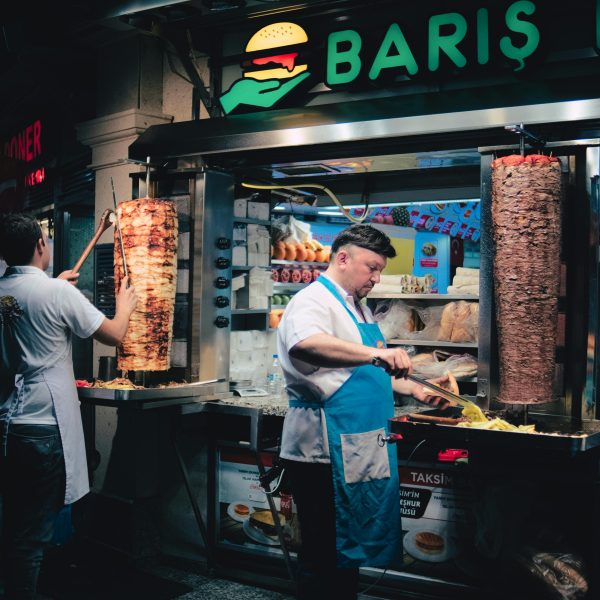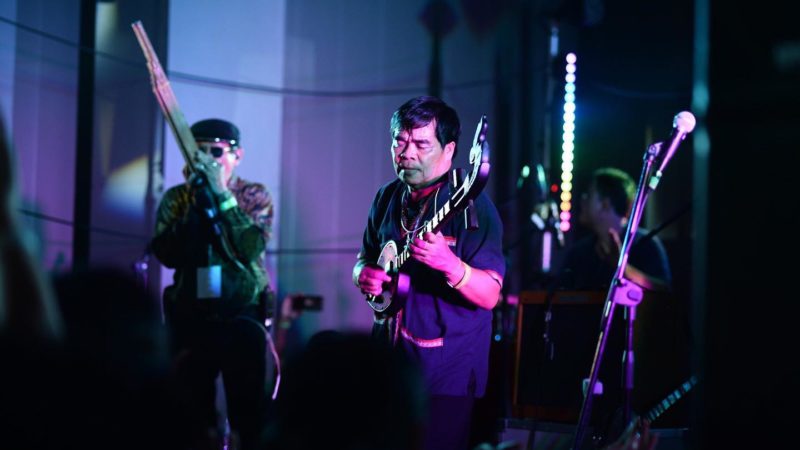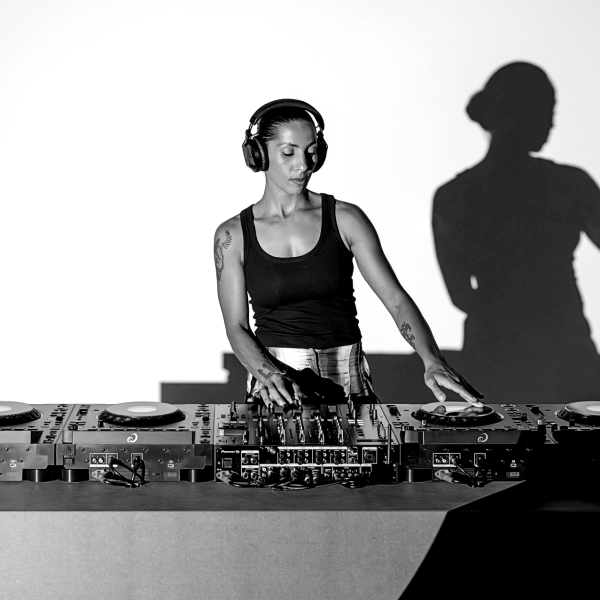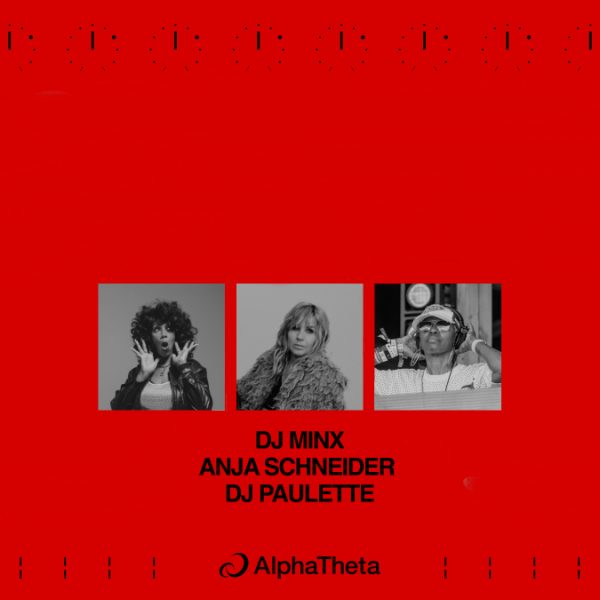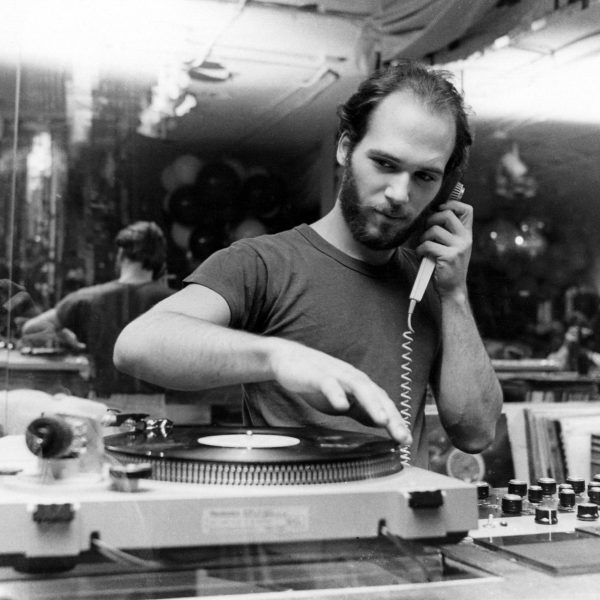Similar sentiments reverberate around Southeast Asia. Back when parties were a weekly routine, several DJs told me of the backlash they faced from crowds and venues when playing older cuts of indigenous dance music. Malaysian DJ Kingston, part of the Ze Arcade Paint collective, described a 2017 New Year’s Eve party at a fashionable bar in Penang. “The place knows I spin funk and soul, so after playing some American boogie I went into Japanese ‘city pop’ and then dropped a few Malaysian tracks, specifically Quinary M’s “Kebebasan” [a cover of Chic’s “Le Freak”] and Uji Rashid’s “Sani” [a cover of Boney M’s “Sunny”]. The songs immediately cleared the dance floor. I even heard people say, ‘What the fuck is that guy playing?’ Then after my set, the bar manager warned me not to play too many obscure Asian edits.”
Hong Kong-based DJ Arun R, who is also Mixmag Asia’s business and creative director, recounted an experience in 2019. He was playing a regular gig at a suave speakeasy where he usually drops disco edits and Afro-Latin grooves. “The staff are mostly Nepalese, and one evening I decided to play Todh Teri’s groovy remix of Bappi Lahiri’s “Come Closer,” a Bollywood classic,” he said. “Two staff members immediately approached me and said the space doesn’t do Bollywood music. But really, it shouldn’t matter which part of the world music comes from. Disco is disco. It is its own language.”
Singaporean Nikhil Ramakrishnan, who produces footwork and juke tracks as Iyer, recalled an incident at a local club in 2014, where he ended a DJ set with Kit Chan’s “Home,” a classic song associated with Singapore’s National Day. Iyer vividly remembers the negative reaction from his peers: “That track definitely wasn’t well received. My friends told me I was out of touch, but playing that song was simply a way for me to connect with my hometown.”
These stories are unsettling, although they don’t necessarily indicate a regional trend against local rhythms. Artists in the Philippines and Vietnam, for example, pointed out that traditional tunes are usually warmly received. According to Jakarta-based Aditya Permana, former music director at hospitality and entertainment company Syah Establishments, local music became part of club culture in recent years. Pre-pandemic, “Folk genres such as dangdut were played at events and festivals,” he said, “with the selector sometimes also collaborating with Indonesian singers.”
Ultimately, it all depends on the venue. Alternative music, by definition, appeals to niche audiences and is only accepted in certain bars and clubs. Across both developing and developed Asian cities, the number of open-minded spaces have steadily risen in recent years and it’s primarily commercial locales that placed restrictions on the type of music played. “Some superclubs in Jakarta prevent DJs from playing Indonesian tunes, but that’s usually only on the weekends,” said Permana. Pre-pandemic, he managed three locations that had certain rules for DJs but noted that “regulations are constantly changing to keep up with trends.” For example, The Moon at Hotel Monopoli started as a poolside bar playing house music, but it later shifted to R&B and dance-pop, he said.
